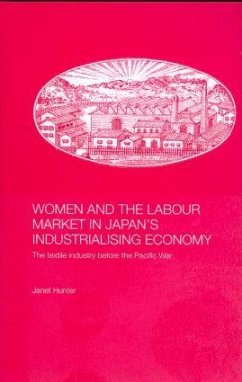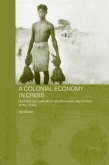During the period of industrialisation in Japan from the 1870s to the 1930s, the textile industry was Japan's largest manufacturing industry, and the country's major source of export earnings. It had a predominantly female labour force, drawn mainly from the agricultural population. This book examines the institutions of the labour market of this critical industry during this important period for Japanese economic development. Based on extensive original research, the book provides a wealth of detail, showing amongst other things the complexity of the labour market, the interdependence of the agricultural and manufacturing sectors, and the importance of gender. It argues that the labour market institutions which developed in this period had a profound effect on the labour market and labour relations in the postwar years.








